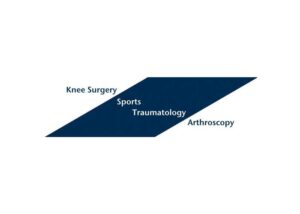
Authors:
Anne Flies, Markus Scheibel, Natascha Kraus, Philipp Kruppa, Matthew T Provencher, Roland Becker, Sebastian Kopf
Abstract:
Purpose: The gracilis tendon is a commonly used autologous graft. Most information on knee function and outcomes after its harvest is related to both semitendinosus- and gracilis tendon harvest. Therefore this study analyzed the effect of isolated gracilis tendon harvest from healthy, uninjured knees on thigh muscle strength and patient reported outcome measures (PROMs).
Methods: Stabilization of the acromioclavicular joint because of chronic instability was performed with autologous gracilis tendon in 12 patients. After a mean of 44 ± 25 months after surgery, isokinetic peak-torque measurements of specific functions of the gracilis muscle were performed: knee flexion in a sitting position (flexion angles 0-90°) and in prone position (flexion angles > 70°), internal tibial rotation and hip adduction. The contralateral limb was control. Knee specific PROMs were collected including IKDC-2000 subjective evaluation form, Lysholm score, the Marx Activity Rating Scale and SF-36 health survey.
Results: No significant side-to-side differences were found regarding torque measurements. Excellent results were shown regarding the PROMs, which even in terms of IKDC-2000 (97 vs. 82 points, p = 0.001) exceeded significantly the age- and gender matched reference-data.
Conclusion: Isolated gracilis tendon harvesting was not associated with loss of strength in knee flexion, internal tibial rotation and thigh adduction. Additionally, good functional outcome as well as excellent knee-specific subjective outcome was found.
For the complete study: Isolated gracilis tendon harvesting is not associated with loss of strength and maintains good functional outcome